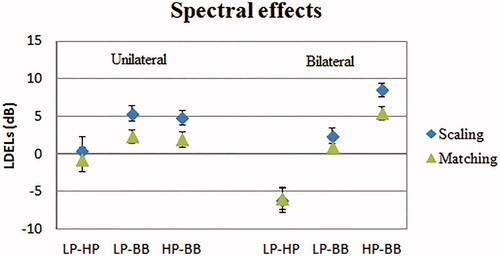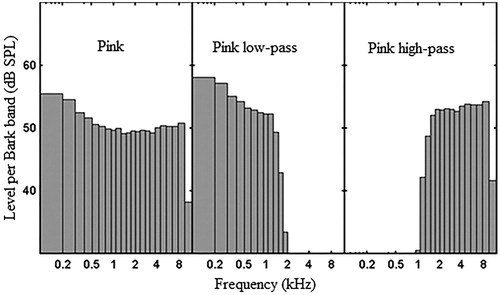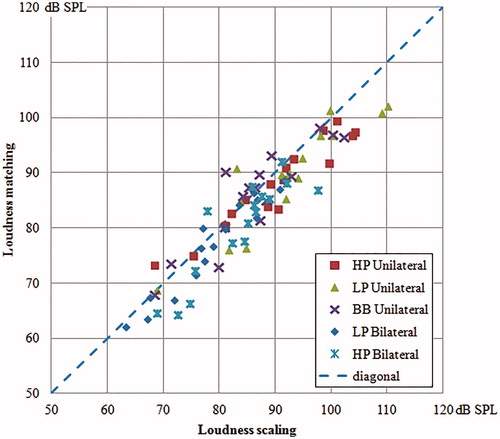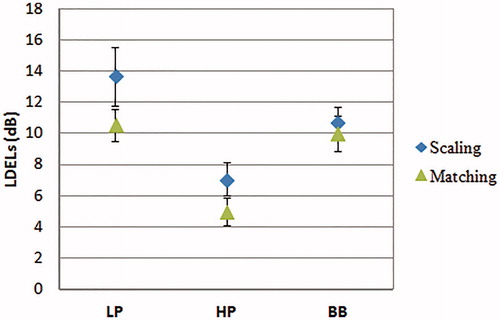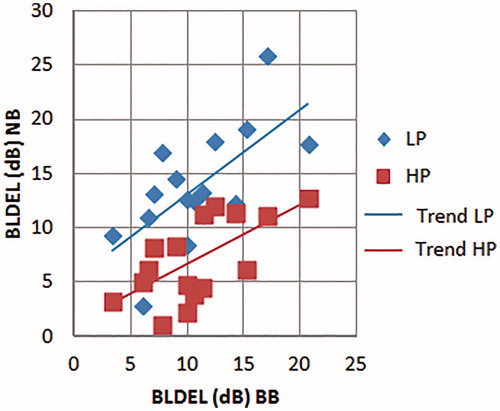Figures & data
Figure 1. The distribution of the audiograms for the sixteen subjects. Whiskers mark minimum and maximum values.
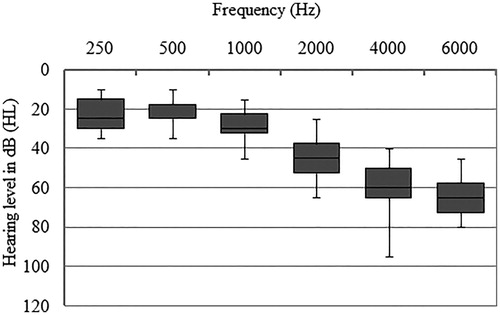
Table 1. Overview of the fifteen pairs of low-pass filtered (LP), high-pass filtered (HP) and broadband (BB) pink noise signals that were matched in this study. The columns show the reference signals and the rows the test signals.
Figure 3. LDEL at a loudness level of 35 CU for unilateral and bilateral presentation. Diamonds represent loudness scaling data, and triangles represent loudness matching data. The first signal is the test signal, and the second signal the reference signal. Positive values indicate that the test signal reaches equal loudness at a higher level than the reference signal. The error bars indicate the standard error of the average spectral loudness effect across all sixteen hearing-impaired subjects.
